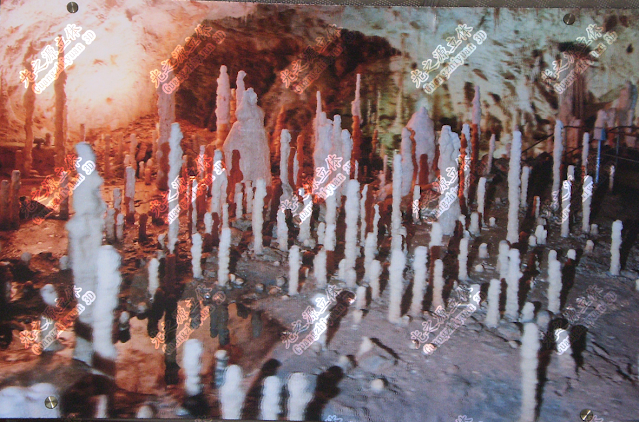Get to Know More in Details about the Lenticular Lenses

The term "lenticular" refers to an extruded plastic sheet that has columns of microscopic corrugations called lenticules imprinted on one side, giving the material its name. The lenticules are evenly spaced and of the same size across the page. The sheet's reverse, which may be printed on, is still smooth. LPI, or lines-per-inch, is a measure of the lenticular frequency and ranges from 10 to 200. No single LPI is ideal for all project impacts, just as no single prescription for glasses is effective for everyone. When choosing the right lenticular lens sheet , it's crucial to consider the lenticules curve or angle. A narrow-angle lenticular lens with a viewing angle between 15 and 44 degrees produces the greatest 3D impression. A wide-angle lenticular lens with a viewing angle between 44 and 65 degrees works best when trying to create a decent animation effect. Which lens is suitable for your project will depend on these variations? Dimensions of lenticular lense...
